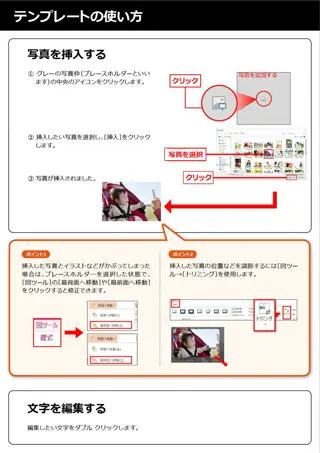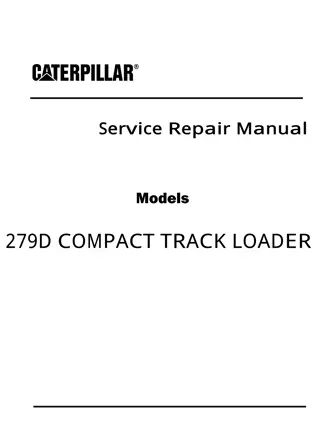
Financial Statement Analysis Basics and Tools
Explore the basics of financial statement analysis, including the need for comparative analysis, tools of analysis, horizontal analysis techniques, and the importance of analyzing liquidity, profitability, and solvency ratios.
Download Presentation

Please find below an Image/Link to download the presentation.
The content on the website is provided AS IS for your information and personal use only. It may not be sold, licensed, or shared on other websites without obtaining consent from the author. Download presentation by click this link. If you encounter any issues during the download, it is possible that the publisher has removed the file from their server.
E N D
Presentation Transcript
Chapter 14 Financial Statement Analysis Financial Accounting, IFRS Edition Weygandt Kimmel Kieso
Study Objectives 1. Discuss the need for comparative analysis. 2. Identify the tools of financial statement analysis. 3. Explain and apply horizontal analysis. 4. Describe and apply vertical analysis. 5. Identify and compute ratios used in analyzing a firm s liquidity, profitability, and solvency. 6. Understand the concept of earning power, and how discontinued operations are presented. 7. Understand the concept of quality of earnings.
Financial Statement Analysis Basics of Financial Statement Analysis Horizontal and Vertical Analysis Earning Power and Irregular Items Quality of Earnings Ratio Analysis Need for comparative analysis Tools of analysis Statement of financial position Income statement Retained earnings statement Liquidity Profitability Solvency Summary Discontinued operations Changes in accounting principle Comprehensive income Alternative accounting methods Pro forma income Improper recognition
Basics of Financial Statement Analysis Analyzing financial statements involves: Comparison Bases Tools of Analysis Characteristics Liquidity Intracompany Horizontal Profitability Industry averages Vertical Solvency Ratio Intercompany SO 1 Discuss the need for comparative analysis. SO 2 Identify the tools of financial statement analysis.
Horizontal Analysis Horizontal analysis, also called trend analysis Technique for evaluating a series of financial statement data over a period of time. Purpose is to determine the increase or decrease that has taken place. Commonly applied to the statement of financial position, income statement, and statement of retained earnings. SO 3 Explain and apply horizontal analysis.
Horizontal Analysis Statement of Financial Position These changes suggest that the company expanded its asset base during 2011 and financed this expansion primarily by retaining income rather than assuming additional long-term debt. Illustration 14-5 SO 3 Explain and apply horizontal analysis.
Horizontal Analysis Income Statement Overall, gross profit and net income were up substantially. Gross profit increased 17.1%, and net income, 26.5%. Quality s profit trend appears favorable. Illustration 14-6 SO 3 Explain and apply horizontal analysis.
Horizontal Analysis Retained Earnings Statement Illustration 14-7 We saw in the horizontal analysis of the statement of financial position that ending retained earnings increased 38.6%. As indicated earlier, the company retained a significant portion of net income to finance additional plant facilities. SO 3 Explain and apply horizontal analysis.
Horizontal Analysis Illustration: Summary financial information for Rosepatch Company is as follows. Compute the amount and percentage changes in 2011 using horizontal analysis, assuming 2010 is the base year. Solution SO 4 Describe and apply horizontal analysis.
Vertical Analysis Vertical analysis, also called common-size analysis Expresses each financial statement item as a percent of a base amount. For example, selling expenses could be expressed as 16% of net sales. Commonly applied to the statement of financial position and the income statement. SO 4 Describe and apply vertical analysis.
Vertical Analysis Statement of Financial Position These results reinforce the earlier observations that Quality is choosing to finance its growth through retention of earnings rather than through issuing additional debt. Illustration 14-8 SO 4 Describe and apply vertical analysis.
Vertical Analysis Income Statement Quality appears to be a profitable enterprise that is becoming even more successful. Illustration 14-9 SO 4 Describe and apply vertical analysis.
Vertical Analysis Enables a comparison of companies of different sizes. Illustration 14-10 Intercompany income statement comparison Park Street earned net income more than 4,208 times larger than Quality s, Park Street s net income as a percent of each sales euro (5.6%) is only 44% of Quality s (12.6%). SO 4 Describe and apply vertical analysis.



















